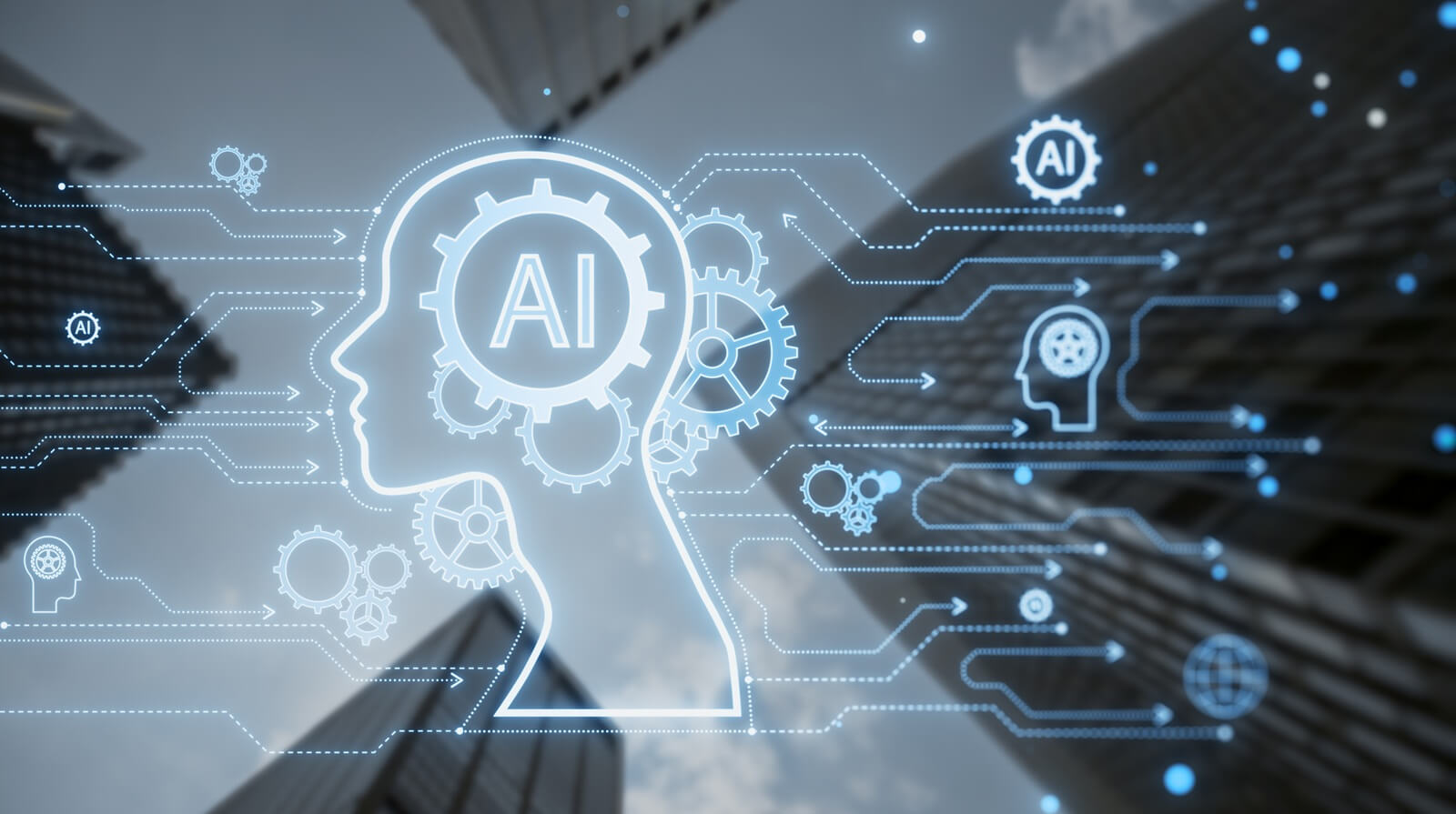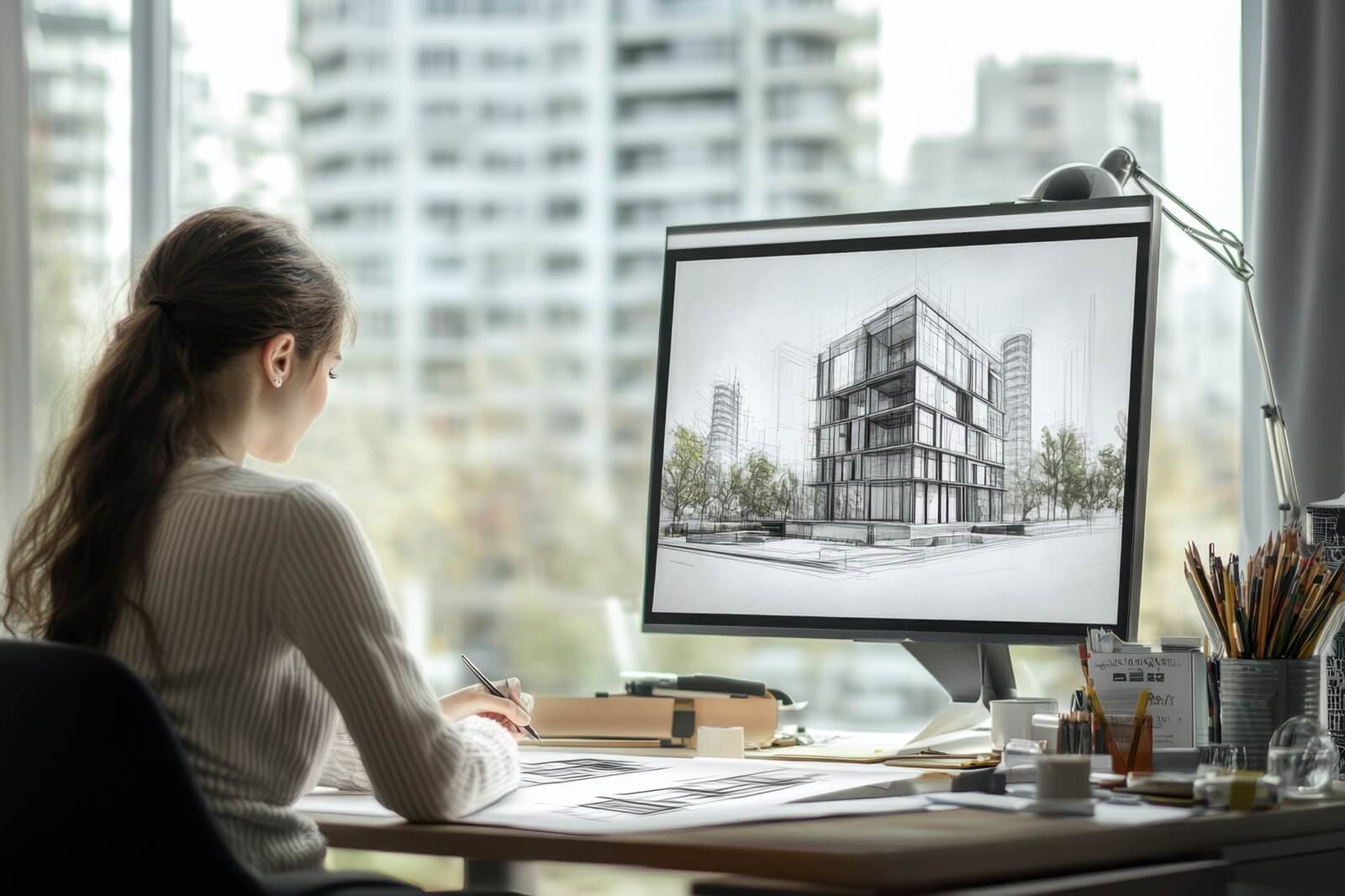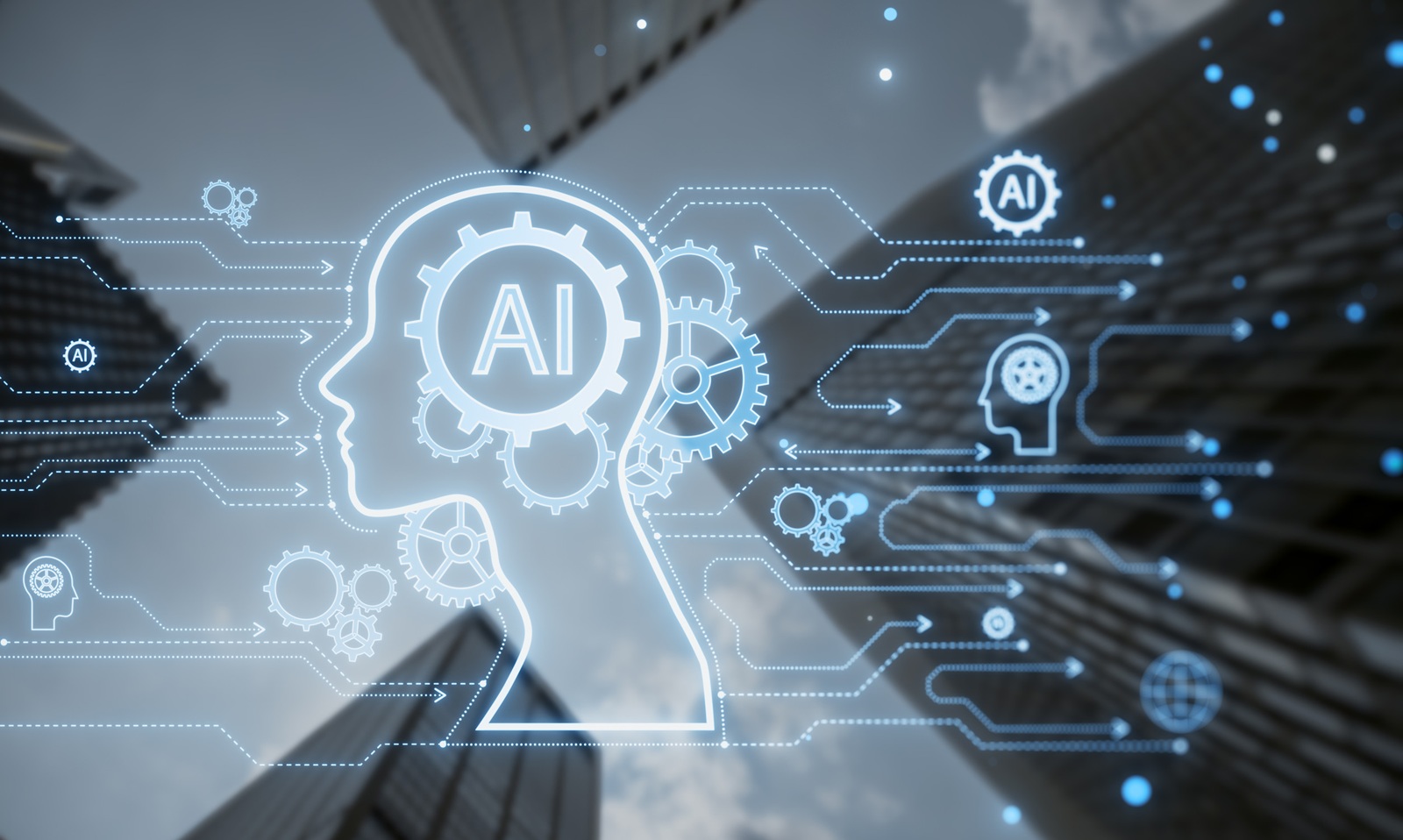Architecture and engineering have entered a transformative era — one defined by intelligence. As clients demand faster delivery, greater precision, and sustainable results, firms are discovering that traditional workflows can no longer keep pace. Manual coordination, repetitive tasks, and reactive problem-solving continue to consume valuable time and resources.
Artificial Intelligence (AI) is reshaping that landscape entirely. By integrating automation, predictive analytics, and data-driven insight into the design process, AI in architecture and engineering enables firms to enhance accuracy, reduce rework, and accelerate delivery — all while preserving creative intent.
At Stealth Technology Group, we help architecture and engineering firms unlock this potential through advanced AI infrastructure that supports real-time modeling, continuous optimization, and intelligent scalability. This is not merely about technology — it’s about building the foundation for smarter, faster, and more resilient design operations.
1. The Intelligent Evolution of Design
Design has always evolved alongside technology. The drafting board gave way to CAD, CAD to BIM, and now, BIM to AI. But unlike previous transitions, AI does more than digitize tasks — it redefines the design process itself.
In conventional systems, designers drive every operation manually. With AI in architecture and engineering, software becomes a learning partner. It recognizes relationships between structural elements, anticipates conflicts, and proposes improvements autonomously. AI can analyze performance outcomes, generate design alternatives, and simulate the real-world behavior of materials and systems — all before the first line is drawn.
Stealth’s AI infrastructure empowers this transformation by supporting real-time data exchange between modeling environments, performance simulators, and compliance tools. Instead of working in isolation, each component of the design ecosystem operates as part of an intelligent network — continuously learning, refining, and improving.
AI doesn’t replace design thinking; it accelerates it. It gives professionals the freedom to explore more possibilities, validate decisions faster, and focus their expertise where it matters most — creativity and innovation.
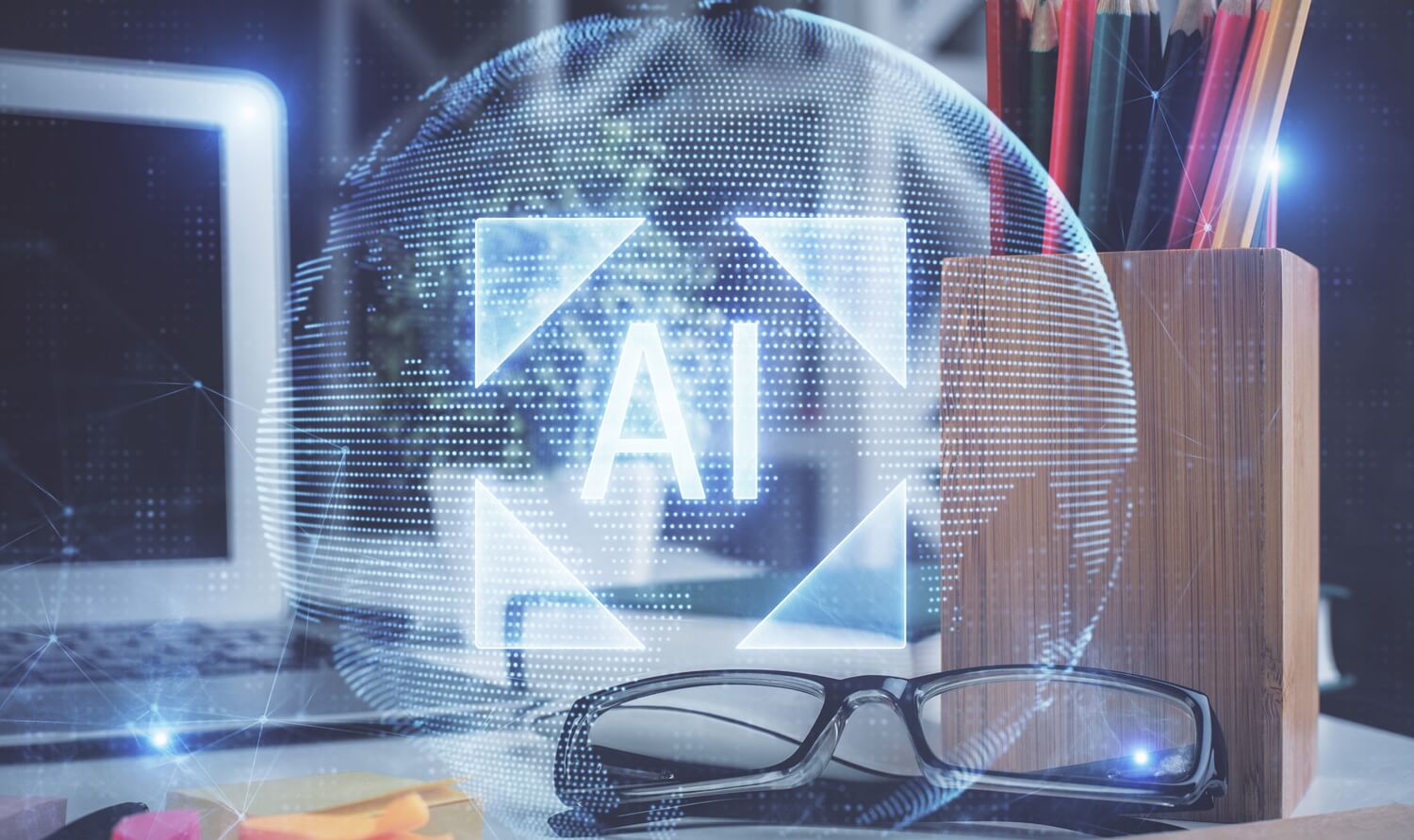
2. Eliminating Repetition Through AI Design Automation
Repetition has long been the silent drain on productivity. From data validation to drawing updates, these tasks steal hours that could otherwise advance design innovation.
AI design automation resolves this challenge by turning routine processes into intelligent, self-executing functions. The system learns from past workflows, recognizing patterns and applying them automatically across new projects.
Firms leveraging AI automation can now:
- Synchronize data across disciplines — ensuring architecture, structure, and MEP always align.
- Automate code compliance — validating parameters against building standards in real time.
- Generate drawings automatically from 3D models with full annotation and formatting.
- Detect and fix conflicts across linked design files without manual intervention.
For example, when a load-bearing column shifts in one discipline model, AI recalibrates dependent structures, updates architectural layouts, and revalidates safety margins instantly.
With AI productivity tools embedded within design platforms, firms eliminate redundancy and gain measurable time savings. Projects move faster, collaboration improves, and teams spend more time solving problems — not managing them.
3. Predictive Design: Foresight Over Reaction
Traditional design workflows are reactive: identify an issue, fix it, and move forward. AI turns that sequence on its head.
Predictive modeling allows designers to address risks before they occur. Using large datasets of historical project outcomes, AI anticipates how a design will behave structurally, thermally, and financially under real conditions.
Key predictive applications include:
- Structural optimization: Identifying stress concentrations or design inefficiencies early.
- Thermal analysis: Forecasting energy performance through dynamic environmental modeling.
- Cost prediction: Comparing design options to forecast budget impacts in real time.
- Regulatory foresight: Mapping code changes and anticipating compliance risks before submission.
Stealth’s intelligent systems enhance predictive accuracy by combining project analytics, machine learning models, and real-time simulation. The result: every decision becomes informed, and every risk becomes manageable — long before it reaches construction.
Predictive design isn’t about replacing human judgment. It’s about giving designers data-rich foresight that transforms every iteration into an opportunity for precision.
4. Real-Time Modeling and Cloud Intelligence
Collaboration is the lifeblood of modern design. But distributed teams, complex models, and high data volumes often lead to version conflicts, lag, and lost time.
AI-driven cloud infrastructure resolves these issues through adaptive resource scaling and real-time data management. When design teams upload models, AI automatically prioritizes workloads, allocates GPU resources, and synchronizes user sessions — creating a frictionless, collaborative environment.
What AI Cloud Integration Delivers:
- Continuous synchronization: All participants work within the latest model version.
- Predictive caching: The system anticipates next actions, reducing latency.
- Dynamic scalability: Server resources expand or contract automatically during peak hours.
- Data integrity assurance: AI monitors for anomalies or version discrepancies.
This combination of automation and intelligence transforms cloud hosting into an active design participant — managing performance behind the scenes while teams focus on outcomes.
With AI handling the technical orchestration, collaboration becomes seamless and global.
5. Reducing Rework Through Predictive Accuracy
Rework remains one of the industry’s largest cost centers, often consuming 15–25% of project budgets. AI eliminates that inefficiency through precision-based validation.
AI in architecture and engineering continuously evaluates models for potential design errors, coordination issues, and compliance deviations. It doesn’t wait for user input — it acts proactively.
For example, when geometry mismatches occur between structural and architectural models, AI instantly identifies the inconsistency, updates dependent datasets, and provides a report of all affected systems.
This predictive accuracy extends to materials, costs, and performance analytics. Design iterations no longer require manual quality assurance cycles — every version is validated automatically.
Over time, AI systems learn from each correction, refining future accuracy. What once took weeks of coordination now occurs continuously and invisibly.
6. Designing for Sustainability and Performance
Sustainability is no longer an aesthetic decision; it’s an operational mandate. Clients expect quantifiable performance metrics — from carbon footprint reduction to long-term energy optimization.
AI helps achieve this balance between design vision and environmental responsibility.
Through advanced modeling, AI predicts how a design performs under real-world conditions. It measures daylighting, energy consumption, and ventilation efficiency during the design phase — not after.
AI Sustainability Capabilities Include:
- Energy load forecasting and optimization.
- Material lifecycle analysis based on embodied carbon data.
- Climate-based daylight simulation with adaptive facade recommendations.
- Automated LEED and BREEAM compliance validation.
By integrating these capabilities into design workflows, firms can ensure environmental goals are achieved without sacrificing aesthetic or structural integrity. AI transforms sustainability into a measurable and scalable design discipline.
7. Data Security, Compliance, and Client Trust
In a world where digital models represent millions of dollars in intellectual property, security cannot be an afterthought.
AI provides proactive defense by detecting anomalies in data access, transfer, and usage. If unauthorized users attempt to manipulate or duplicate sensitive files, AI instantly isolates the activity, alerts administrators, and secures access channels.
Additional compliance features include:
- Behavior-based threat detection that learns from network activity.
- Automated patching and security updates across all integrated systems.
- End-to-end encryption protecting data both in motion and at rest.
- Compliance automation aligning with ISO 27001, SOC 2, and GDPR standards.
Through AI-based security frameworks, firms can scale their digital operations confidently — maintaining compliance and trust even as data environments expand.
8. Empowering Human Expertise
Contrary to misconception, AI is not here to replace the architect or engineer. It exists to augment them.
When repetitive workloads are automated, professionals gain time to focus on design strategy, creative exploration, and client collaboration.
The Human + AI Partnership Produces:
- Faster design cycles and reduced burnout.
- Data-driven insights that inform aesthetic and structural choices.
- Enhanced communication through shared, real-time analytics.
- Higher overall morale as teams operate in flow, not friction.
AI complements intuition with intelligence. It removes the repetitive, mechanical layers of work — leaving professionals free to create, innovate, and lead.
9. Implementation: Building AI-Ready Design Workflows
Successful AI integration requires foresight, planning, and alignment between technology and people.
Stealth’s adoption roadmap ensures that firms implement AI effectively, balancing speed with stability:
- Workflow Mapping: Identify automation opportunities and data dependencies.
- Infrastructure Setup: Deploy AI-optimized cloud systems that scale on demand.
- Pilot Projects: Start small — one team, one workflow — to build confidence and ROI.
- Skill Development: Train staff to interpret AI-generated insights and refine design strategies.
- Continuous Feedback: Monitor system learning and performance to improve over time.
This phased approach ensures smooth adoption, cultural alignment, and immediate efficiency gains without workflow disruption.
10. The Future of AI in Architecture and Engineering
The next era of architecture and engineering will be defined not by who builds faster, but by who builds smarter.
AI is set to evolve beyond assistance into orchestration — where every data point, tool, and process operates in harmony. In this future, models will self-optimize, simulations will run autonomously, and buildings will be designed with predictive foresight embedded in every element.
AI will not only help firms meet client expectations — it will redefine them.
At the center of this evolution, Stealth Technology Group continues to innovate infrastructure that merges AI, automation, and performance analytics into a unified design intelligence ecosystem.
For forward-thinking firms, this is more than an upgrade — it’s a transformation. The future belongs to those who design with intelligence.
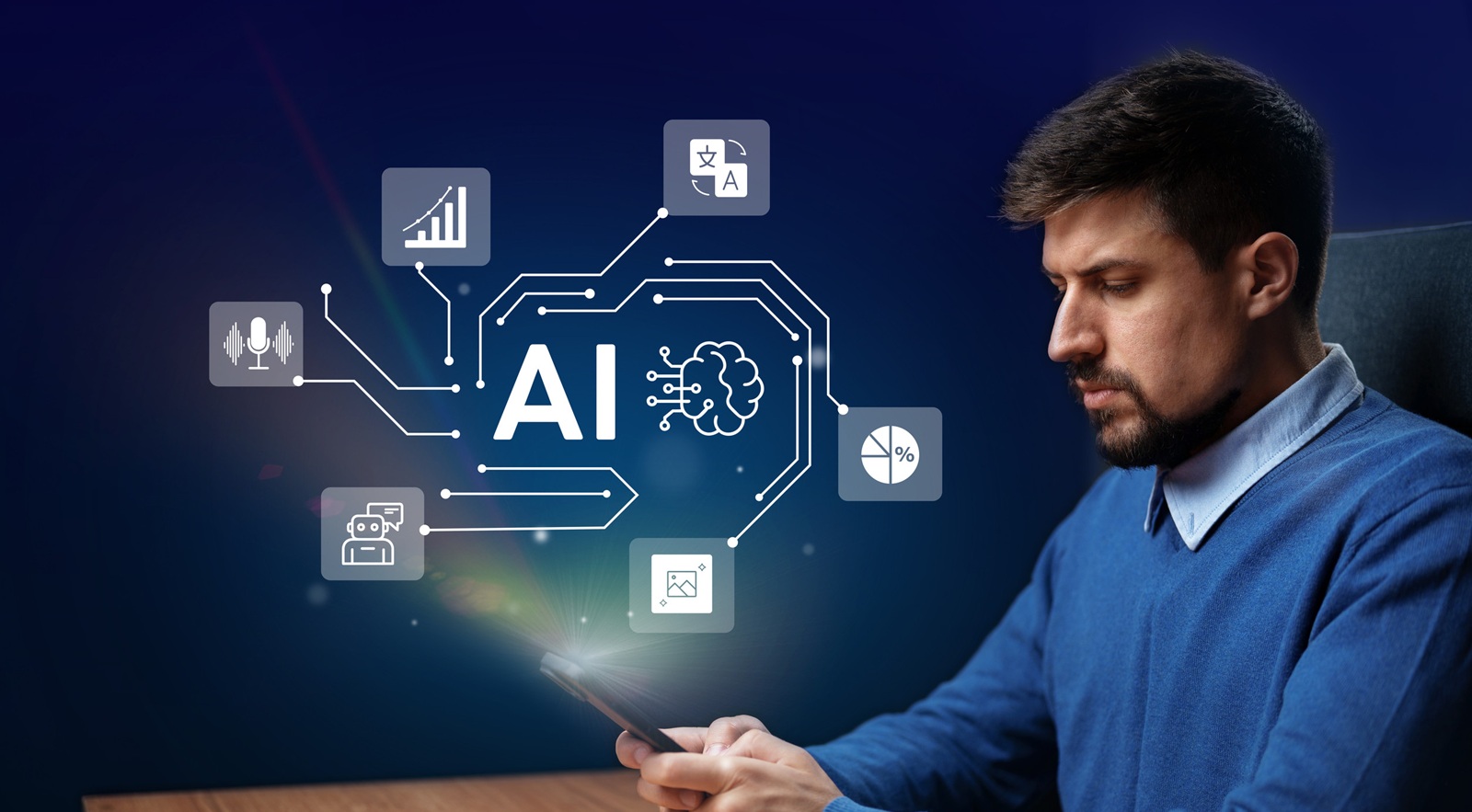
Summary
AI in architecture and engineering marks a defining convergence — where automation, analytical intelligence, and human creativity operate in perfect harmony. It no longer serves merely as a tool for acceleration; it is a catalyst for transformation. By automating design iterations, minimizing rework, and enhancing precision, AI empowers firms to shift focus from execution to innovation, from deadlines to design excellence.
When integrated with real-time modeling, predictive analytics, and adaptive cloud infrastructure, AI becomes the invisible force behind every high-performing project. It enables firms to simulate outcomes before decisions are made, anticipate risks before they materialize, and achieve levels of accuracy once thought unattainable.
Through this fusion of intelligence and engineering, Stealth’s AI-driven solutions redefine the limits of efficiency. They create design ecosystems that think, learn, and adapt — allowing teams to deliver exceptional results without compromise.
In today’s data-driven landscape, efficiency is no longer a benchmark; it’s the foundation of modern design excellence. The firms that thrive will be those that harness intelligence not as an accessory, but as an ally — using AI to enhance creativity, accelerate performance, and sustain growth.
Partner with Stealth Technology Group. Build with confidence. Design the future with Stealth.

